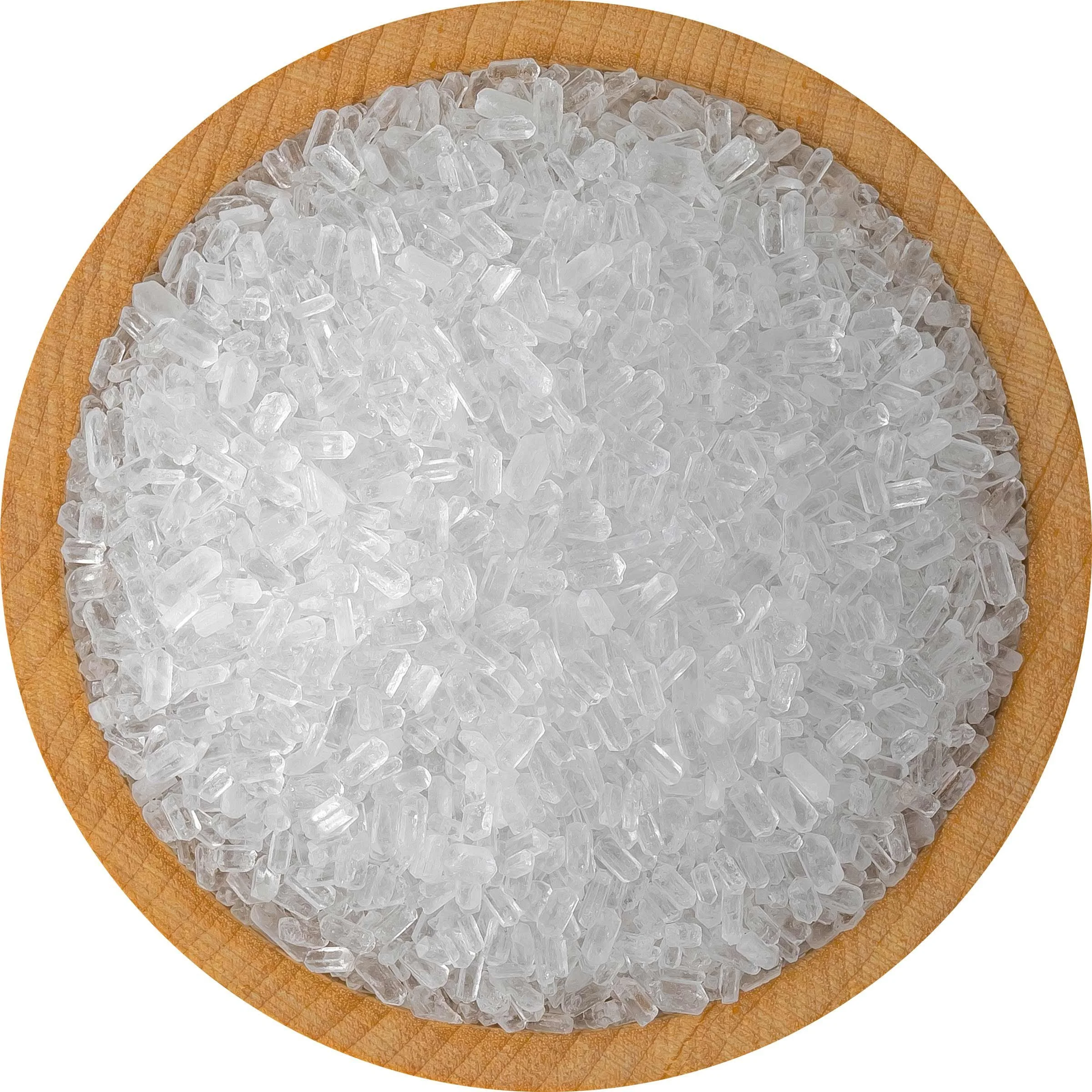Epsom Salt Bath - How to Take and Why
Would you rather read than watch the video? Scroll below. You’ll also find any relevant links from the video.
What are Epsom Salts?
Epsom salt is not actually salt, but a naturally occurring pure mineral compound of magnesium and sulfate in crystal form.
Stress drains the body of magnesium and increases levels of adrenaline. When dissolved in warm water, Epsom salt is absorbed through the skin and replenishes the level of magnesium in the body.
The Benefits of Magnesium and Sulfates
The magnesium helps to produce serotonin, a mood-elevating chemical within the brain that creates a feeling of calm and relaxation. Magnesium also increases energy and stamina by encouraging the production of ATP (adenosine triphosphate). Magnesium ions also help you relax and reduce irritability by lowering the effects of adrenaline. This will improve sleep and concentration, and help muscles and nerves to function properly.
The sulfates in Epsom salt help flush toxins and heavy metals from the cells, easing muscle pain and helping the body to eliminate harmful substances.
When to Take an Epsom Salt Bath
After an accident or injury, such as a car wreck or ankle twist.
After a hard workout
To relieve a migraine or headache
To ease muscle cramps, pain or strain
To address emotional or physical stress
Aid in healing cuts or skin conditions
Treating colds and congestion
Drawing toxins from the body
Before bed to aid in sleep
If you have arthritis and other inflammatory conditions in order to reduce swelling and pain relief
How to take an Epsom salt bath
The people at Sea Salt suggest this formula:
Adding 2 cups of epsom salt, or about 1 pound, to a bath.
The temperature should be as warm as comfortable to be in.
The minimum time you want to commit to your soak is 18 minutes.
Add in Facial Self-Massage While Soaking
If you are taking your epsom salt bath due to a headache, migraine, or tension / pain through the neck, shoulder, face or jaw you can use this soak time to practice some gentle self-massage on these areas. Sign up for my free training video here to learn how to massage one jaw muscle that can give you headaches, tooth pain or jaw pain. The full video course at Help Head Pain will teach you more self-care at a fraction of the cost of a therapist visit.





